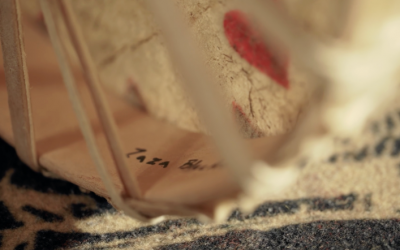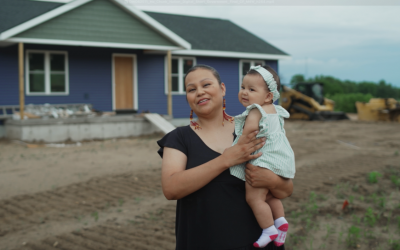Beadwork in the Ho-Chunk Nation is much more than crafting beautiful patterns. It is a sacred tradition rich with stories, history, and identity. Each bead is a thread that connects people to their ancestors, the natural world, and their community, preserving a vital cultural legacy that has endured through generations.
Learning the Craft, One Bead at a Time
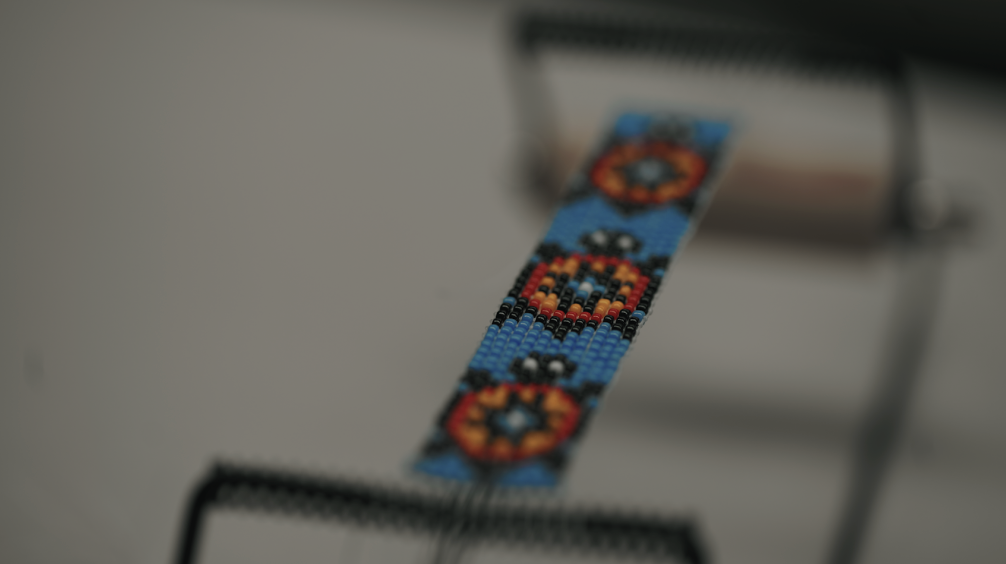
Many Ho-Chunk artists begin their beadworking journey in their late teens, often learning from family members. Molli Pauliot, for example, spent a lot of time in Wisconsin Dells, where her great aunt patiently taught her the craft.
Beadwork was about much more than just mastering a technique. It was about understanding what each design means and where it comes from. Molli quickly learned that many of the patterns are inspired by the natural beauty of the surrounding forests. Every stitch reflects the essence of the land.
For many, beadwork was a vital way to support their families. From roadside basket stands to handmade crafts, beadwork provided one of the few job opportunities available and became a lifeline for many Ho-Chunk families.
Beadwork as Survival and Identity
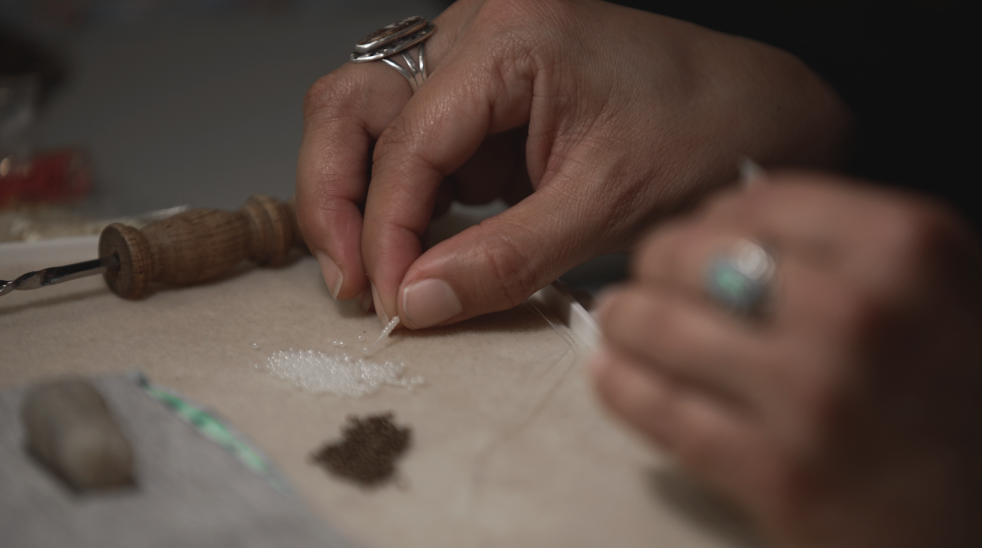
The legacy of Ho-Chunk beadwork is intertwined with the community’s long history of resilience. In the 18th century, harsh and devastating phrases, such as “the only good Indian was a dead Indian,” symbolized brutal oppression. By the 19th century, this shifted to sayings like “the only good Indian was a dancing Indian,” forcing Native peoples to conform to stereotypes just to survive socially and economically.
During that time, beadwork and regalia became much more than decoration. They were acts of resistance and survival. Holding onto these cultural expressions helped sustain identity and community spirit through incredibly difficult times.
Secrets, Sharing, and Empowerment
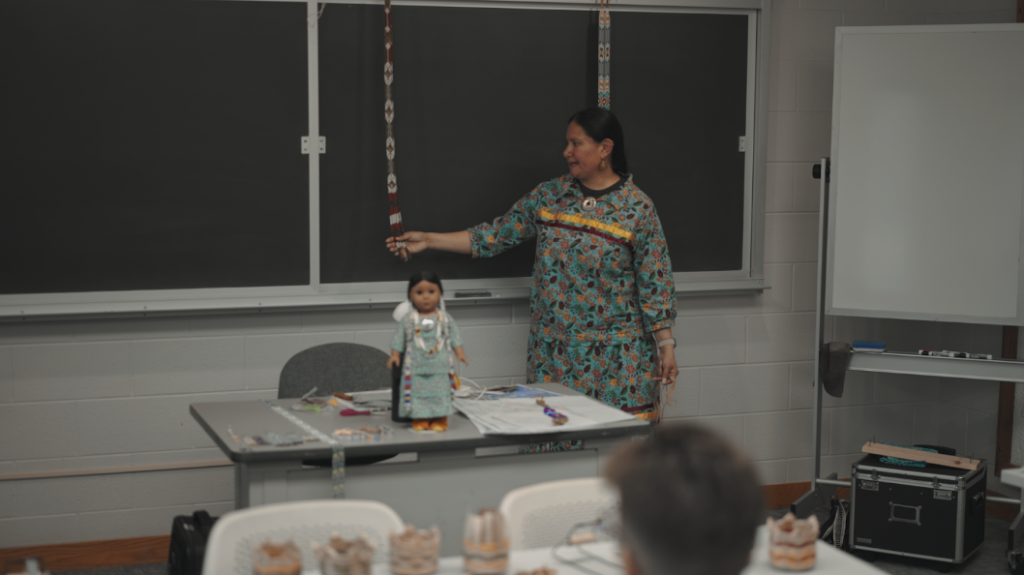
The 20th century brought new challenges as Indigenous peoples were pressured to keep their traditions secret, forming what some called a “secret society.” This led to significant cultural loss. Today, however, beadwork is flourishing again thanks to those who teach and share the craft openly, especially with the younger generations.
Rita Kingswan, another respected Ho-Chunk beadworker, shares her father’s wisdom that beadwork “doesn’t belong to you” and must be passed on. Teaching, to her, is a source of joy and healing—whether through finger weaving or using pony beads, every class is an opportunity to build pride and connection.
A Community in Motion
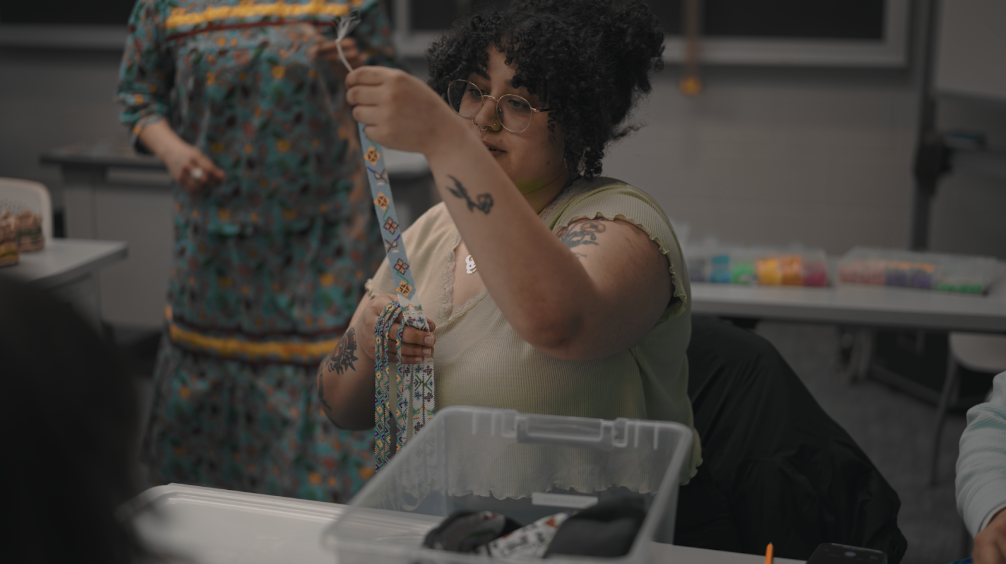
Beadwork classes bring together people from all walks of life—some deeply connected to the past, others dreaming about the future. This shared process keeps both seasoned and new beadworkers grounded and present, reminding everyone that healing and supporting one another are at the heart of the tradition.
With many skilled beadmakers lost over time, there is an urgent need to cultivate new makers. Creating a supportive, caring environment is crucial to inspire the next generation to keep this beautiful legacy alive.
When beadwork is made and shared, it becomes a powerful gift of culture, healing, and hope, passed from one hand to another, bead by bead, carrying the spirit of the Ho-Chunk Nation forward.
–
Ho-Chunk beadwork is a powerful symbol of resilience and identity, connecting generations through a tradition rooted in culture, survival, and healing. Passed down through the teachings of elders and kept alive by new makers, this art form holds the spirit of the Ho-Chunk Nation within every stitch.
To learn more about this enduring legacy, watch the Discover Wisconsin original short, “Bead by Bead – The Ho-Chunk Legacy of Bead Work” below:
–
Hailey Marien: Writer for Discover Mediaworks. A born & bred Wisconsinite with a love for fishing, hunting, and enjoying the great outdoors.

